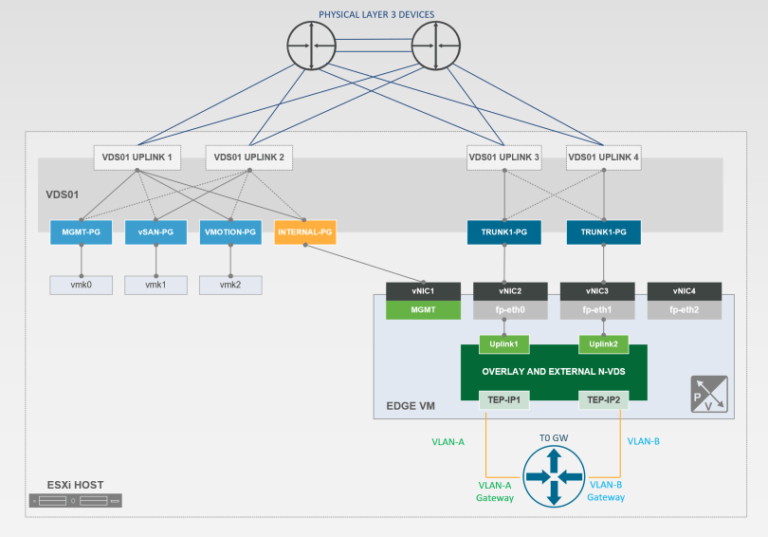The digital world is constantly evolving, and with this evolution comes the rise of new and sophisticated cybersecurity threats. Businesses of all sizes are facing increasing cyberattacks, and it is crucial to stay ahead of the curve to protect sensitive data and infrastructure.
In this blog post “Hornetsecurity: Navigating the Evolving Cyber Threat Landscape in 2024”, we will analyze the findings of the 2023 and 2024 Hornetsecurity Cybersecurity Reports to provide businesses with a comprehensive understanding of the current cybersecurity landscape. We will compare the top threats identified in both reports, identify emerging trends, and discuss strategies for mitigating cyber risks.

Top Cybersecurity Threats in 2023 and 2024.
In 2023, the Hornetsecurity Cybersecurity Report highlighted a familiar yet formidable array of cybersecurity threats that continued to dominate the landscape. These included:
- Ransomware: Maintaining its position as a top threat, ransomware attacks have persisted in their ability to cripple organizations by encrypting files and demanding ransom for their release.
- Business Email Compromise (BEC): BEC schemes have become increasingly sophisticated, tricking individuals and businesses into making financial transfers under false pretenses.
- Supply Chain Attacks: These attacks target less-secure elements in the supply chain to compromise the security of multiple organizations at once.
- Zero-day Attacks: Exploiting previously unknown vulnerabilities, zero-day attacks present a unique challenge due to their unpredictable nature.
- Mobile Device Attacks: With the ubiquity of mobile devices, attackers have focused efforts on exploiting vulnerabilities in smartphones and tablets.
When looking back at the changes in the cyber threat landscape from 2022 to 2023 and into 2024, we can see that traditional threats like phishing and ransomware continued to be significant. However, we also witnessed the rise of more complex challenges. The emergence of AI-driven threats and improving existing techniques highlight a shift emphasizing the importance of security measures. This progression demonstrates a race between cybersecurity defenses and offensive tactics, both constantly evolving and becoming more advanced.

In recent years, the world of cybersecurity has experienced a mix of persistent and evolving threats. From 2022 to 2023, we consistently faced risks from threats like ransomware, Business Email Compromise (BEC) supply chain attacks, zero-day attacks, and mobile device attacks. These threats took advantage of vulnerabilities ranging from mistakes to technical flaws. This highlighted the need for cybersecurity measures.

As we entered 2024, the threat landscape continued to evolve with the emergence of dangers and advancements in existing ones. One notable trend was using Language Models (LLMs) to simulate attacks. This demonstrated how advanced technologies can be an edged sword. Moreover, there was an increase in phishing attempts using QR codes due to their adoption for convenience. Unfortunately, this also opened up another avenue for exploitation by cybercriminals. Additionally, there was a rise in targeting infrastructure—a clear indication that attackers are increasingly interested in disrupting essential services and causing widespread chaos.
These developments highlight that cyber threats are dynamic and ever changing. It emphasizes the need for adaptation and vigilance from both cybersecurity professionals and the general public.
- 2022 Ransomware, Business Email Compromise (BEC), Supply Chain Attacks, Zero-day Attacks, Mobile Device Attacks
- 2023 Ransomware, Business Email Compromise (BEC), Supply Chain Attacks, Zero-day Attacks, Mobile Device Attacks
- 2024 Ransomware, Business Email Compromise (BEC), Supply Chain Attacks, Zero-day Attacks, Mobile Device Attacks, Use of LLMs (Large Language Models) for Attack Simulations, Increased Use of QR Codes in Phishing Attempts, Increased Targeting of Critical Infrastructure

The Hornetsecurity Cybersecurity Report for 2024 highlights the changing landscape of cyber threats, reaffirming the prevalence of dangers like ransomware, Business Email Compromise (BEC), and supply chain attacks. The report also emphasizes several emerging threats that cybercriminals are increasingly adopting.
- Use of LLMs (Large Language Models) for Attack Simulations: Cybercriminals are increasingly leveraging advanced LLMs to simulate attack scenarios, allowing for more sophisticated and targeted cyber attacks. This utilization signifies a shift towards more intelligent and adaptive strategies in cyber warfare.
- Increased Use of QR Codes in Phishing Attempts: With QR codes becoming ubiquitous in our daily transactions, attackers have found a new vehicle for phishing schemes. This trend highlights the creative adaptation of cybercriminals to exploit modern conveniences for malicious purposes.
- Increased Targeting of Critical Infrastructure: There’s a growing focus among attackers on critical infrastructure, aiming to disrupt essential services and cause significant societal impact. This threat underscores the strategic shift in cyber attacks towards high-value targets that can lead to widespread consequences.
The report underscores the need for heightened awareness and advanced security measures to counter these evolving threats, emphasizing the dynamic and constantly changing nature of cyber risks.
Key Findings and Emerging Trends
- Ransomware remains the top cybersecurity threat. Businesses need to invest in robust ransomware protection strategies, including data backup and recovery solutions, multi-factor authentication, and regular security patching.
- BEC attacks are still prevalent. Businesses need to educate employees on BEC scams and implement strong email filtering and security awareness training programs.
- Supply chain attacks are becoming more sophisticated. Businesses need to carefully vet their vendors and suppliers and implement security controls throughout their supply chains.
- Zero-day attacks are a growing concern. Businesses need to stay up-to-date on the latest software vulnerabilities and patch their systems promptly.
- Mobile device attacks are on the rise. Businesses need to implement mobile device security policies and educate employees on mobile device security best practices.
- LLMs are being used to create more realistic phishing attacks. Businesses need to be aware of this threat and invest in advanced phishing detection solutions.
- QR codes are being used in phishing attempts. Businesses need to exercise caution when scanning QR codes and only do so from trusted sources.
- Critical infrastructure is becoming a more frequent target. Businesses need to work with government agencies and other critical infrastructure providers to enhance cybersecurity measures.

Strategies for Mitigating Cyber Risks
In the face of evolving cyber threats, it’s crucial for companies to kickstart and prioritize tasks that fortify their digital defenses. Addressing the new wave of cyber risks requires a multifaceted approach, encompassing both preventive measures and reactive strategies. Here’s an initial plan for companies to consider:
- Implement a comprehensive cybersecurity strategy. This strategy should include a risk assessment, vulnerability management, incident response plan, and ongoing security awareness training.
- Educate employees on cybersecurity best practices. This includes training on phishing scams, social engineering, password hygiene, and mobile device security.
- Use multi-factor authentication (MFA). MFA adds an extra layer of security by requiring more than just a password to access an account.
- Implement regular security patching. This is crucial for protecting against zero-day attacks.
- Back up data regularly and test recovery procedures. This will ensure that data can be restored in the event of a cyberattack.
- Stay up-to-date on the latest cybersecurity threats. This includes reading industry reports, attending cybersecurity conferences, and following reputable cybersecurity blogs and forums.
By initiating these steps, businesses can greatly improve their cybersecurity position, making it increasingly difficult for malicious hackers to breach security measures. The aim is to embed resilience within the company’s core structure, guaranteeing that both technology and employees are well-equipped to confront future threats.
Here, you can read both full reports and check what has changed and evolved regarding threats from 2023 to 2024:
Check products from Hornetsecurity
You can also check my previous blog post about how your company should protect and provide awareness training to your employees.
And also my ebook regarding this subject:
Conclusion
As we read, the latest reports on cybersecurity by Hornetsecurity for 2023 and 2024 highlight that the cybersecurity landscape is not static but a constantly changing battleground. While traditional threats like ransomware, BEC, and supply chain attacks continue to pose risks to both businesses and individuals, new threats have emerged that demonstrate an evolution in cybercriminal tactics. These include using language models for attack simulations, attempting phishing through QR codes, and increasing infrastructure targeting.
This evolving landscape demands an adaptable approach to cybersecurity. Simply reacting to threats as they arise is no longer sufficient; businesses need strategies that encompass both solutions and a culture of security awareness among all stakeholders. Implementing cybersecurity measures such as security updates, multi-factor authentication, employee education programs, and reliable data backup solutions is crucial. However, staying informed about threats and trends is equally important to adapt security practices quickly.
In conclusion, effectively navigating the changing cyber threat landscape of 2024 and beyond requires vigilance, innovation, and collaboration. By understanding the current threats and those that may arise in the future, companies can strengthen their defenses, safeguard their valuable assets, and confidently navigate the ever-evolving digital landscape. The Cybersecurity Reports provided by Hornetsecurity are a tool in this endeavor, serving as a guide towards a safer and more resilient digital future.
Share this article if you think it is worth sharing. If you have any questions or comments, comment here, or contact me on Twitter.






